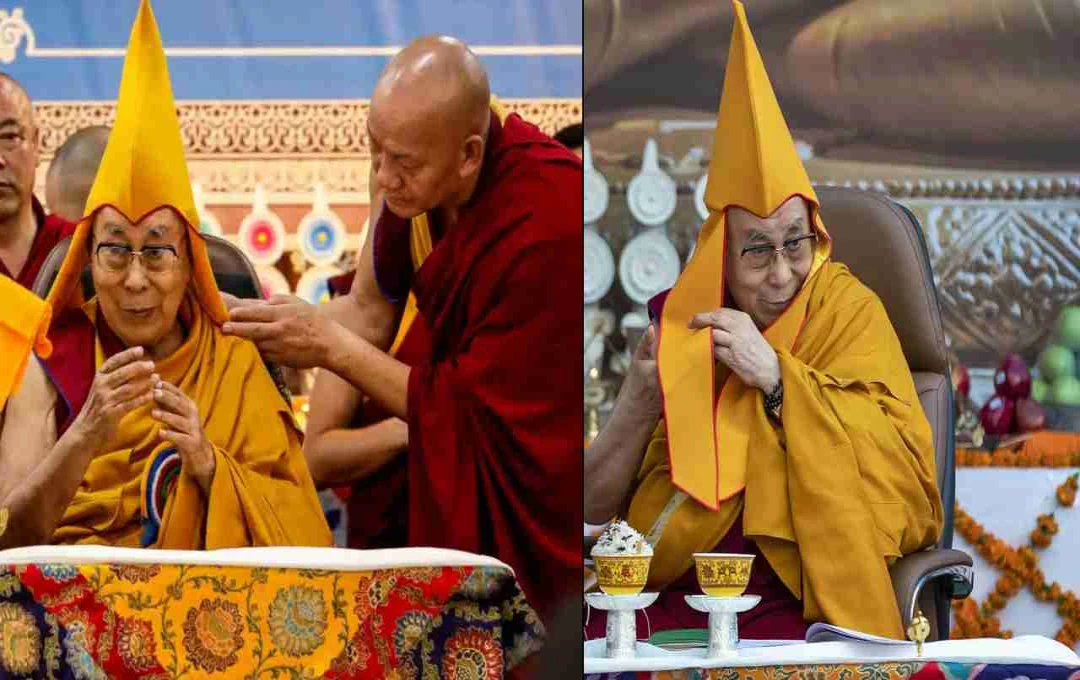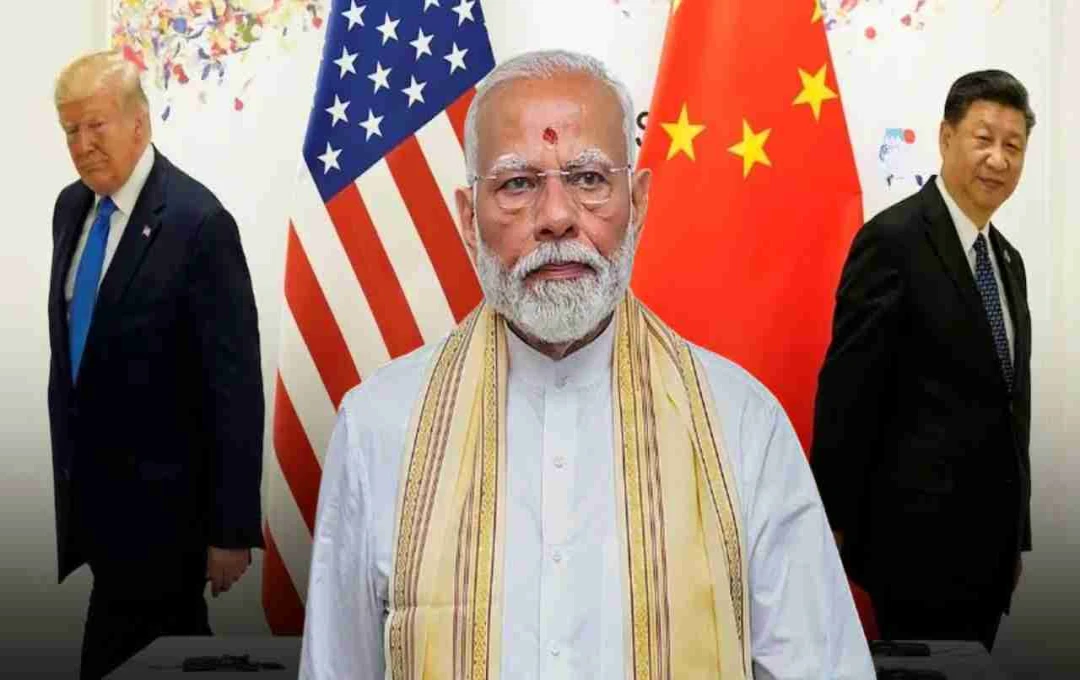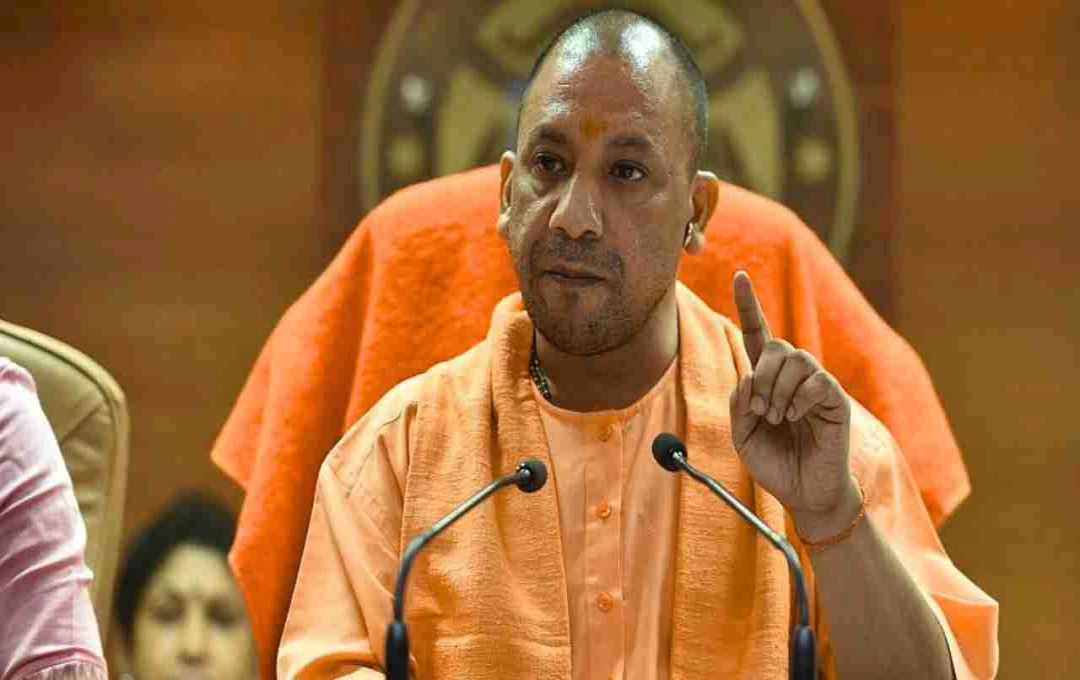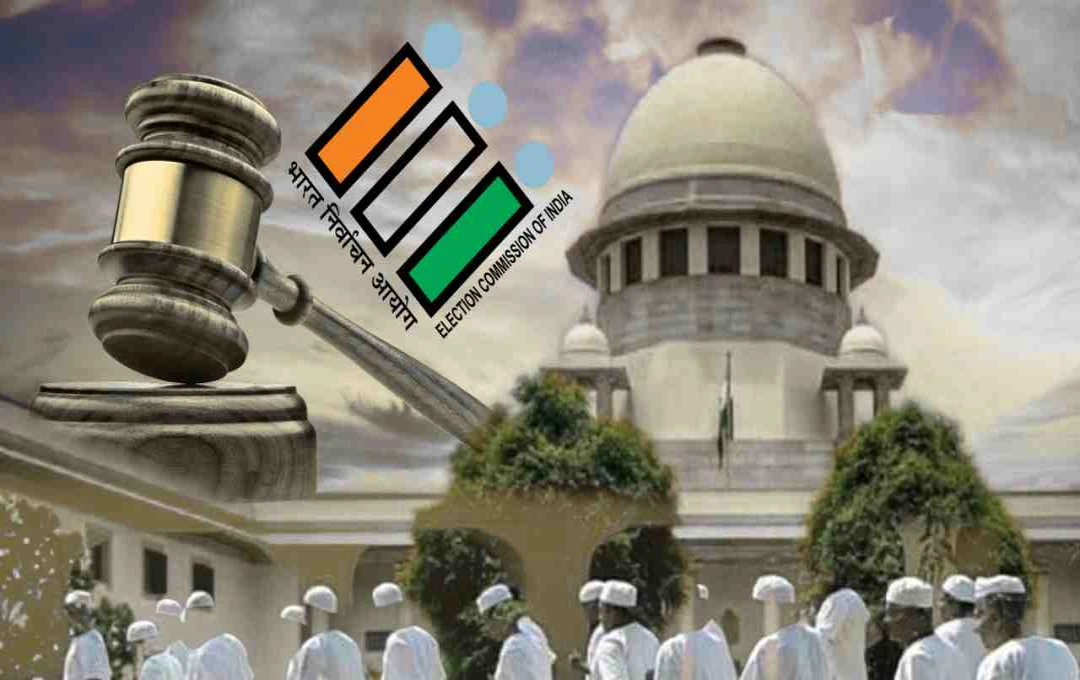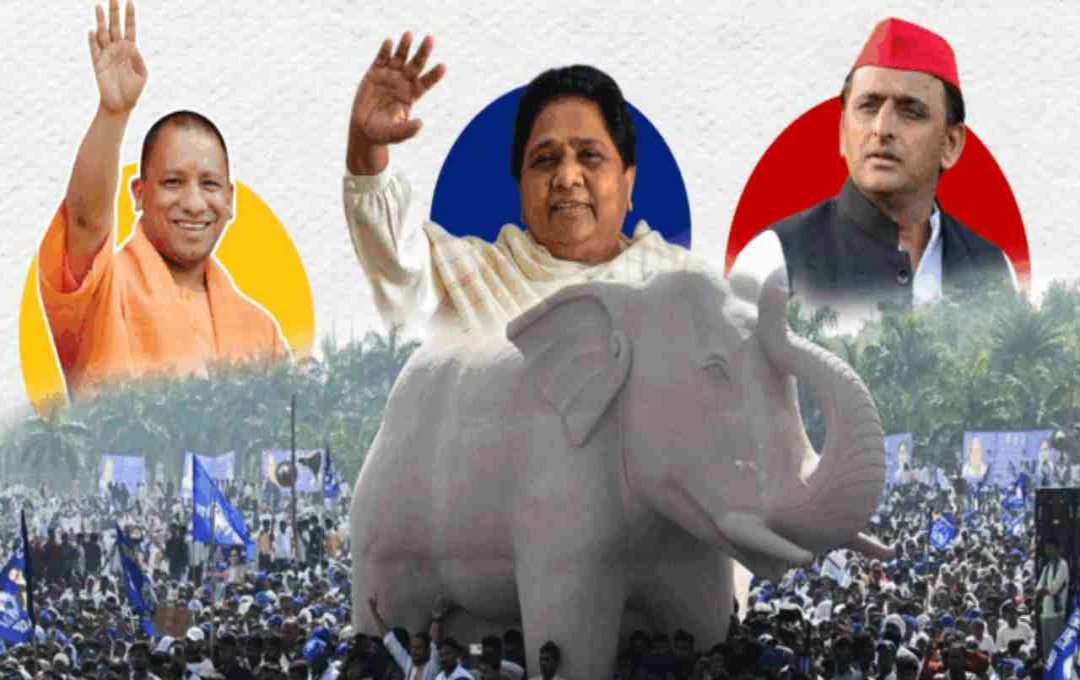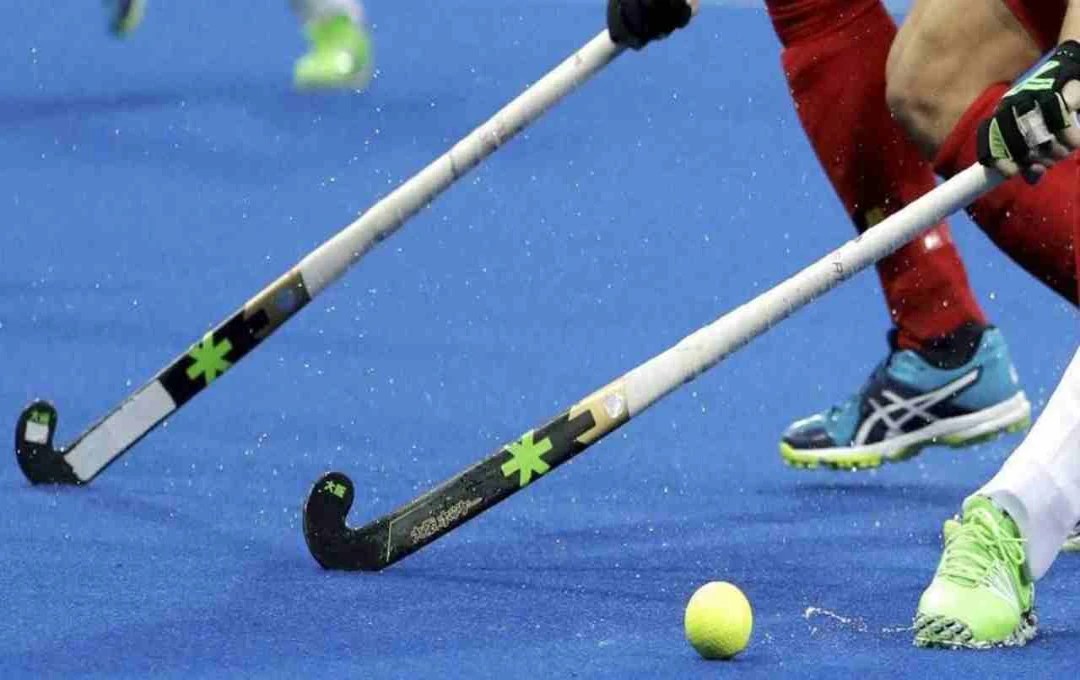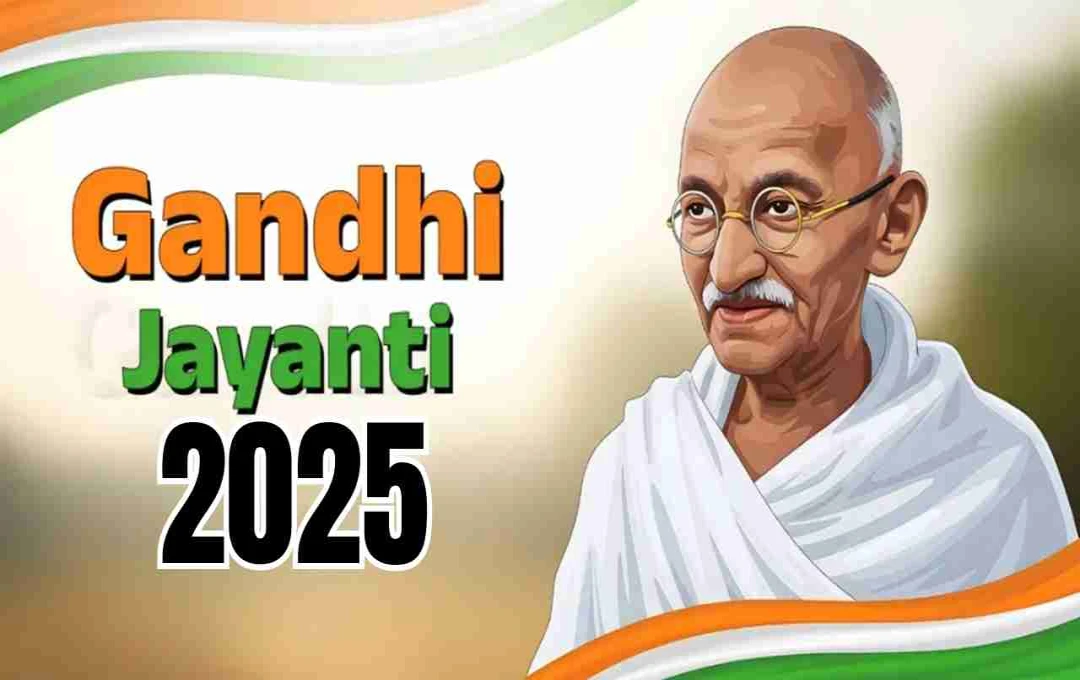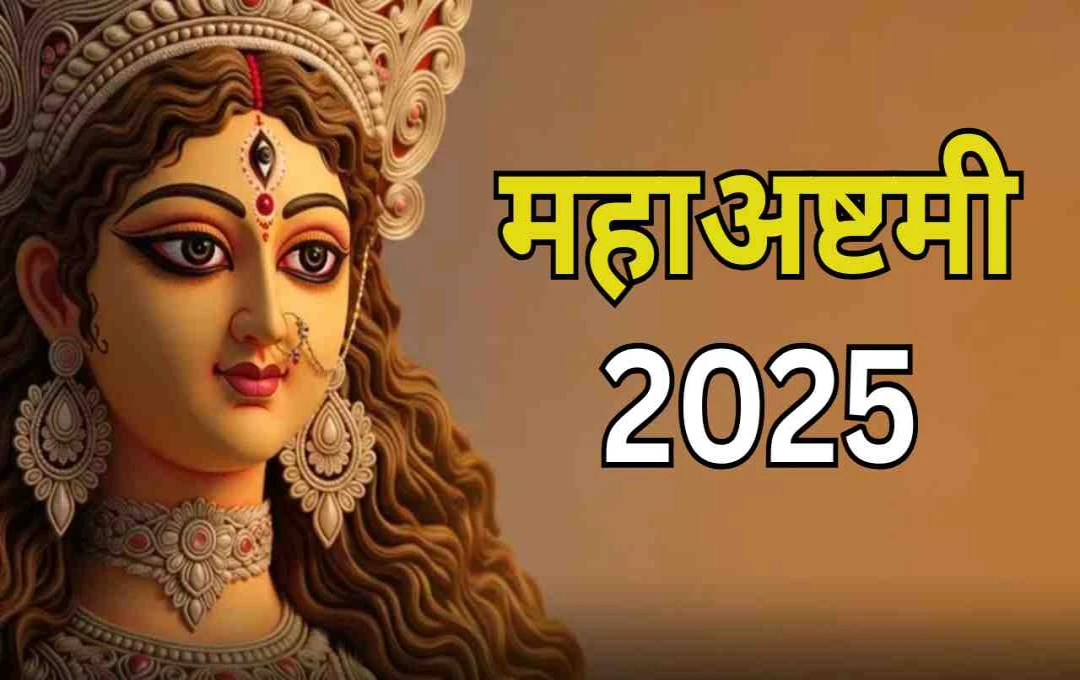There is a conflict between China and Tibetan religious leaders regarding the selection of the Dalai Lama's successor. China wants the 'Golden Urn' method, while Tibet insists on declaring the successor through traditional religious processes.
Dalai Lama: The 14th Dalai Lama, the foremost guru of Tibetan Buddhism, will turn 90 on July 6th. As his age advances, the question of his successor is deepening. According to Tibetan tradition, the Dalai Lama is chosen through religious processes, but China wants to intervene and take control of this process. This is why the issue is now being discussed internationally.
Over 300 religious leaders gather in Dharamshala
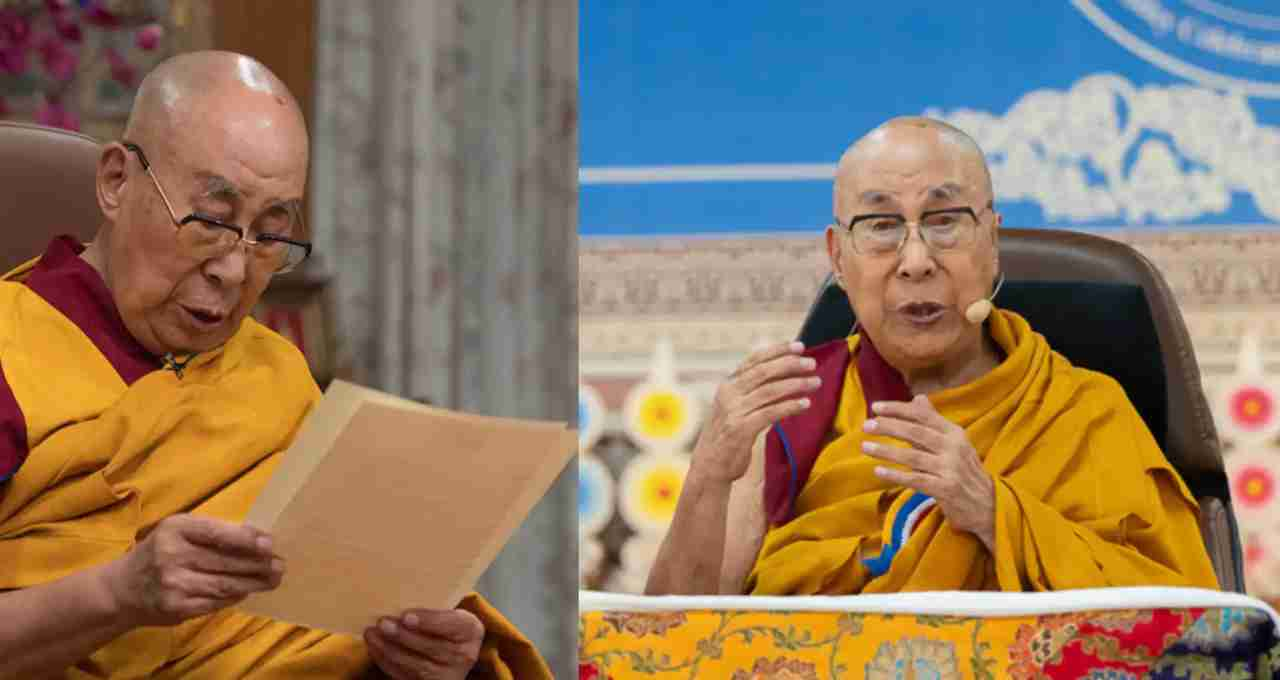
The Dalai Lama's headquarters is in Dharamshala, Himachal Pradesh, India. The Tibetan government-in-exile also operates from here. Recently, over 300 religious leaders, scholars, and prominent figures gathered here to support the traditional process for the selection of the Dalai Lama's successor. The Dalai Lama has clearly stated that the right to choose his successor lies with the Tibetan community and the Gaden Phodrang Trust, not Beijing.
How the 14th Dalai Lama was chosen
Tenzin Gyatso, who is now known as the 14th Dalai Lama, was born on July 6, 1935, in a farming family in the northeastern region of Tibet. His original name was Lhamo Dhondup. When the 13th Dalai Lama passed away, a search party received signs of the reincarnation of the soul. This party found a child named Lhamo, who recognized the belongings of the previous Dalai Lama, proving that he was his reincarnation. At the age of four, he was installed in the Potala Palace in Lhasa.
The traditional method of finding a successor
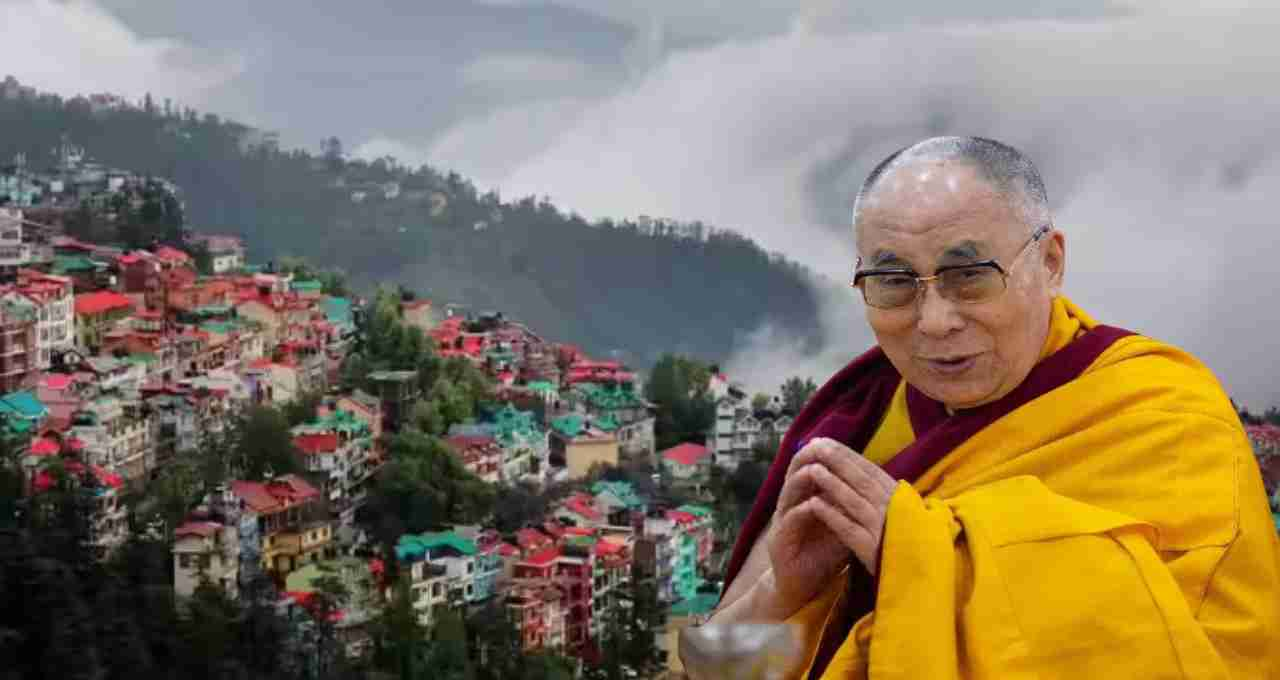
According to Tibetan tradition, after the death of a Dalai Lama, monks and senior religious leaders search for his reincarnation. They use special signs, dreams, and religious rituals for this. Sometimes a prophecy or divine sign guides in this direction. However, the current Dalai Lama has also said that he may recognize his successor during his lifetime or that this tradition may end if politics intervenes.
The role of the Gaden Phodrang Trust
In 2015, the Dalai Lama established the Gaden Phodrang Trust. He said that his successor will be chosen under the guidance of this trust. Its purpose is to protect traditional religious processes. The Dalai Lama has also made it clear that his next birth will not be in Tibet, but outside of China's control.
What is the Golden Urn Method?
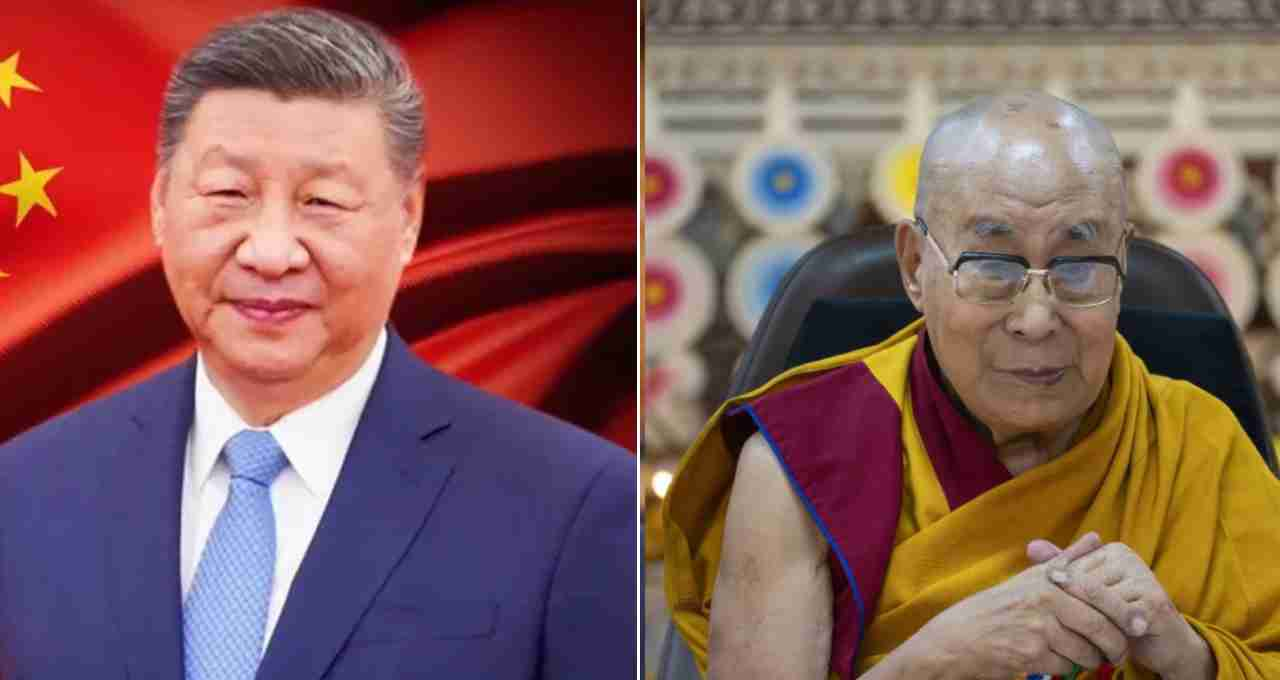
China insists that the next Dalai Lama should be chosen by the 'Golden Urn' method. This method was implemented during the Qing Dynasty in 1793. In this method, the names of potential successors are placed in a golden urn, and then one name is drawn out. This work is done under government supervision. China claims on this basis that it has legal and historical rights in the selection of the Dalai Lama.
China's argument and the Tibetan community's opposition
According to the Chinese Foreign Ministry, the reincarnation of the Dalai Lama will be valid only when it is approved by the central government. But the Tibetan community and Buddhist religious leaders consider this a direct interference in religious freedom. They say that a communist government that does not believe in religion has no right to identify the Dalai Lama's successor.
Fear of a puppet Dalai Lama
The Dalai Lama and the Tibetan community fear that China will appoint a 'puppet Dalai Lama' under its control, which would further strengthen its influence in Tibet. Raising his voice against this, the Dalai Lama has said that the successor chosen for any political reasons should not be recognized, whether declared by China or chosen under any other pressure.
